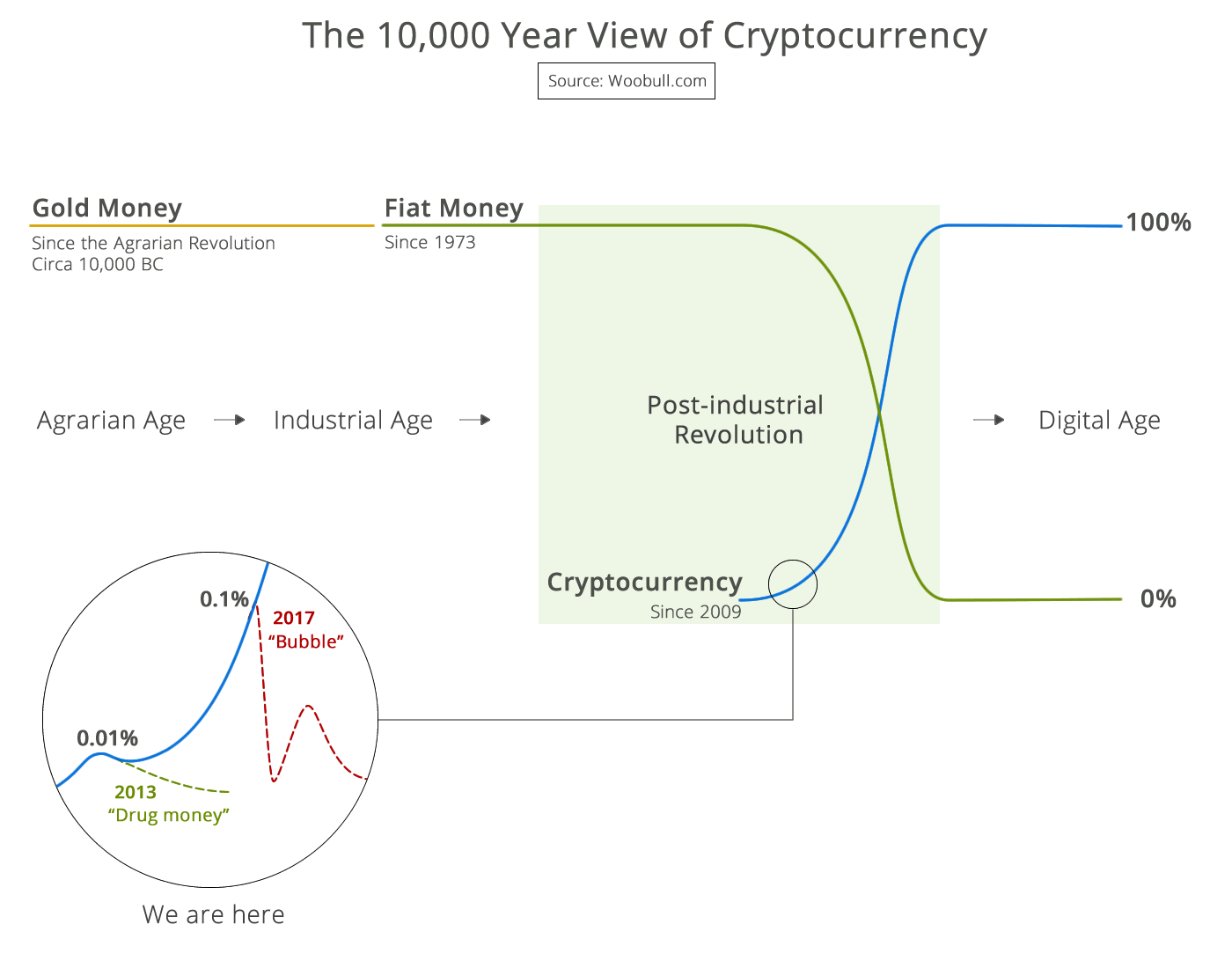I came across the Slashdot posting and was introduced to two people I had not known. The inventor of hypertext, Ted Nelson, and Tim Berners-Lee, the person that mixed hypertext with the internet and came up with the World Wide Web.
Mr. Berners-Lee is more aloof. The page quoted above politely says, “Don’t bother me”. I do, however, like his hard stance on email he will or won’t accept. On the other hand, Mr. Nelson’s page is reminiscient of an angry diatribe. In an 8 October 2005 BBC interview, he appears as someone who envisions something greater, but can’t quite say what that is.
As Mr. Nelson’s page dribbles on through many screenfuls of text, I realized the issue is not above capabilities or features, or intellectual purity. It’s about matching the intellectual dynamic range of your audience or your user. The concepts of transliterature.org are too much. The BBC interviewer was begging for a connection, but she couldn’t live where she is and have the dynamic range to come to where he was talking about.
As I write a patent for my Boot Puck(TM) and try to describe Laser Cookies(TM) to someone not in the industry, I’m hyper sensitive that saying too much or saying too little are both threats.
Another example. Microsoft’s Word, answered a need at the time. People knew of letters. And words, paragraphs, even footers and headers. Word covered this space. Even styles, people could follow if they thought about it. But without moving the product to a higher abstract level, people started getting scared when all the newer bloated features appeared. The product now has to handle the individual letter and punctuation level, and at the same time handle URL links, linked objects, etc. It’s not that the scope is too wide. Like Scheeline’s “ability to zoom” on an issue, Word’s problem is that it tries to be both zoomed in (change that character to a bold font), and zoomed out (document management in a network infrastructure). The result is confusing chaos to the user.
Another reason I like a la carte Linux world. Projects tend to limit themselves in scope, and plug into each other using standards that lets me build the overall infrastructure. Or, I can find tools that do the overall architecture management and do not attempt to dabble in the details. (Ponder a C compiler syntax versus the source code managment of the Gentoo Linux distribution).
People are at many intellectual levels. Very few people (none?) can survive mentally at huge dynamic ranges, where they are creative and productive at the tightest and widest zoom, simultaneously. A framer becomes a contractor becomes a township inspector, yet very few work interchangeably across the range.
Meta
Finance Links
Misc Links
Tags
auctions book reviews cloud computing commerce computers consumer products corporate democracy debt divorce economics encryption equitable distribution finance gambling globalization gold google government guns health care interspousal agreements investment jobs legal linux matrimonial agreements military pension mobile devices monetary policy national security national spirit obama care politics privacy socialism social pressure society norms stock market taxes terrorism time management tracking transnational USFSPA working class

 99% of ICOs Will Fail
99% of ICOs Will Fail The 10,000 year view of cryptocurrency
The 10,000 year view of cryptocurrency